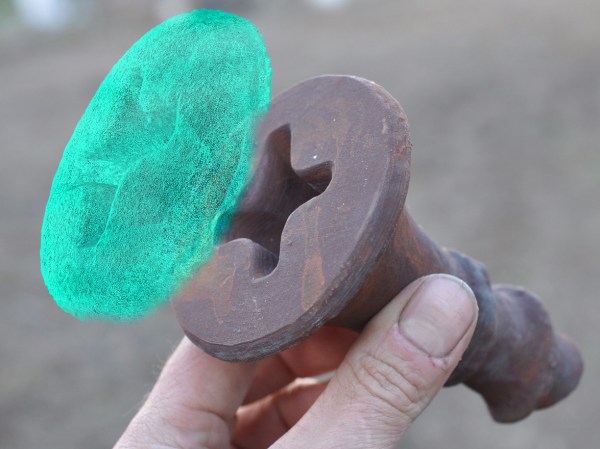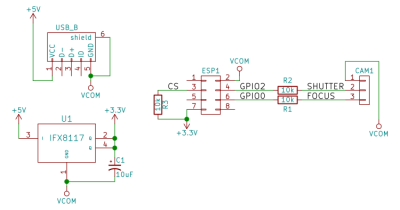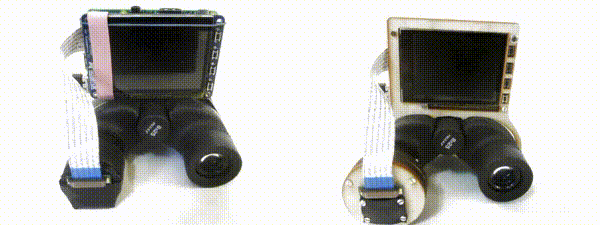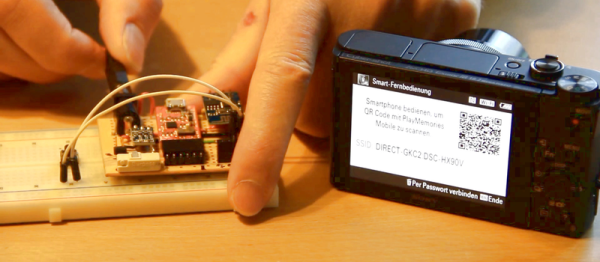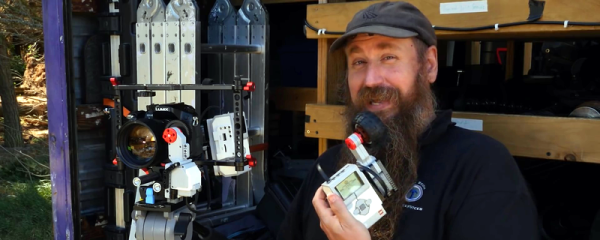The Internet of Things is slowly turning into the world’s largest crappy robot, with devices seemingly designed to be insecure, all waiting to be rooted and exploited by anyone with the right know-how. The latest Internet-enabled device to fall is a Motorola Focus 73 outdoor security camera. It’s quite a good camera, save for the software. [Alex Farrant] and [Neil Biggs] found the software was exceptionally terrible and would allow anyone to take control of this camera and install new firmware.
The camera in question is the Motorola Focus 73 outdoor security camera. This camera connects to WiFi, features full pan, tilt, zoom controls, and feeds a live image and movement alerts to a server. Basically, it’s everything you need in a WiFi security camera. Setting up this camera is simple – just press the ‘pair’ button and the camera switches to host mode and sets up an open wireless network. The accompanying Hubble mobile app scans the network for the camera and prompts the user to connect to it. Once the app connects to the camera, the user is asked to select a WiFi connection to the Internet from a list. The app then sends the security key over the open network unencrypted. By this point, just about anyone can see the potential for an exploit here, and since this camera is usually installed outdoors – where anyone can reach it – evidence of idiocy abounds.
Once the camera is on the network, there are a few provisions for firmware upgrades. Usually, firmware upgrades are available by downloading from ‘private’ URLs and sent to the camera with a simple script that passes a URL directly into the shell as root. A few facepalms later, and [Alex] and [Neil] had root access to the camera. The root password was ‘123456’.
While there’s the beginnings of a good Internet of Camera in this product, the design choices for the software are downright stupid. In any event, if you’re looking for a network camera that you own – not a company with a few servers and a custom smartphone app – this would be near the top of the list. It’s a great beginning for some open source camera firmware.
Thanks [Mathieu] for the tip.


